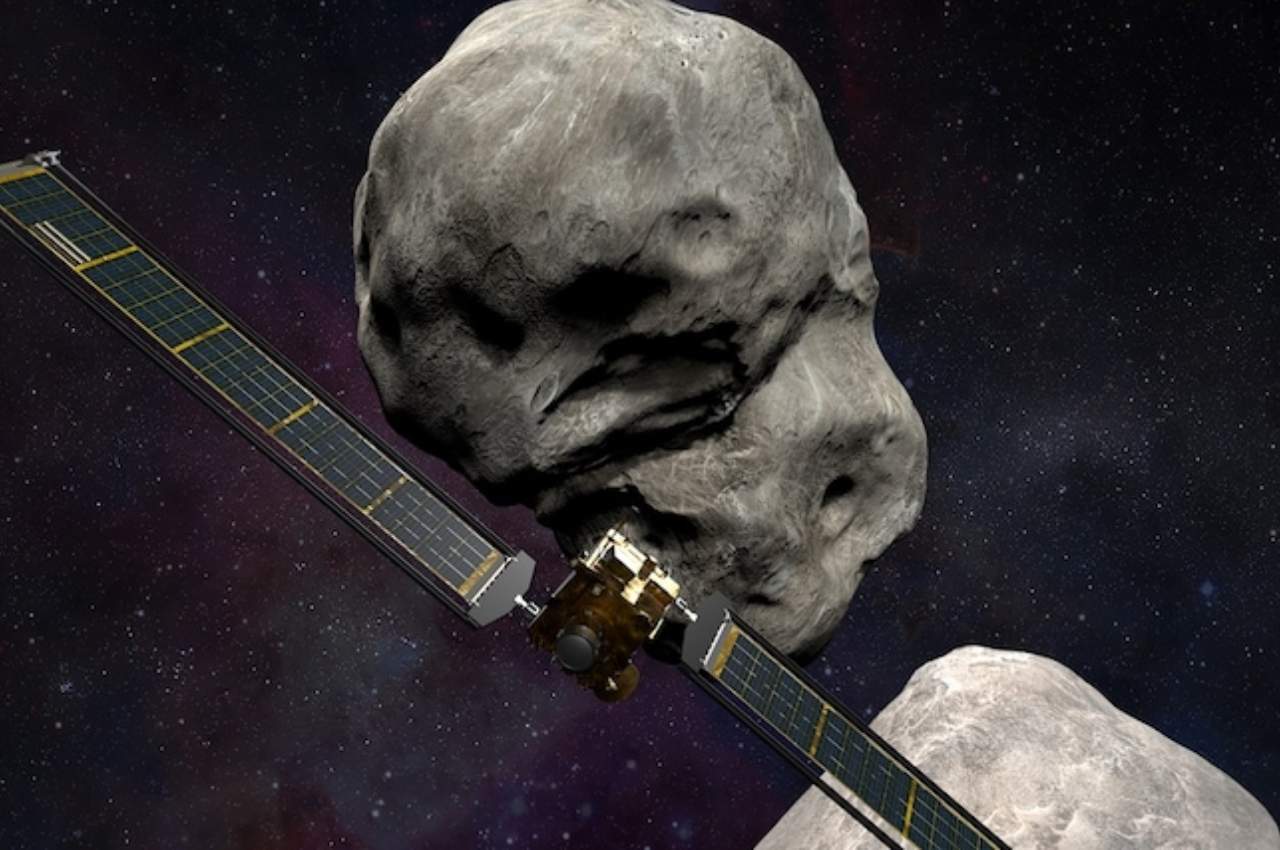NASA crashes DART spacecraft: A $344 million spacecraft is likely to come to an Armageddon-inspired end, nearly 10 months after it departed from Earth. In order to test a novel defense device, the Double Asteroid Redirection Test (DART) mission purposefully collided with an asteroid.
For the purpose of testing a kinetic impactor technology that might one day be employed to protect Earth from an impending asteroid. NASA is smashing the probe into the binary asteroid system Didymos. At a speed of 24,000 km per hour, the spacecraft collided with the moonlet Deimorpos of the Didymos asteroid system, slightly altering its orbit.
Also Read :- Blockchain Technology: What is it and how does it work?
DART’s Impact with Asteroid Dimorphos
This will show that, if a killer asteroid ever comes our way, we would have a fighting chance of deflecting it. The collision should be just enough to move the asteroid into a slightly tighter orbit around its companion space rock.
As the spacecraft is being tracked, cameras and telescopes like the Hubble and James Webb Space Telescope are keeping a watch on the asteroid to witness the impact.
Dimorphos, which is located 9.6 million kilometres from Earth, is actually the companion of Didymos, which is Greek for “twin,” a 2,500-foot asteroid. Didymos, which was found in 1996, spins so quickly that astronomers think it threw off debris that finally created a moonlet. Dimorphos, which measures about 525 feet across, travels 1.2 kilometres around its parent body.
Also Read :- Samsung 32-inch HD TV launched in India: Price, feature and more
Watch LIVE feed from NASA’s DART Spacecraft
The Dart probe only has one tool, a camera that is used for navigation, targeting, and documenting the outcome. Dimorphos will appear as a point of light an hour before impact, looming larger and larger in the camera footage broadcast back to Earth. It is thought to be just a pile of wreckage.
Although the actual strike should be obvious right away, it can take a few weeks or more to confirm the moonlet’s modified orbit.













